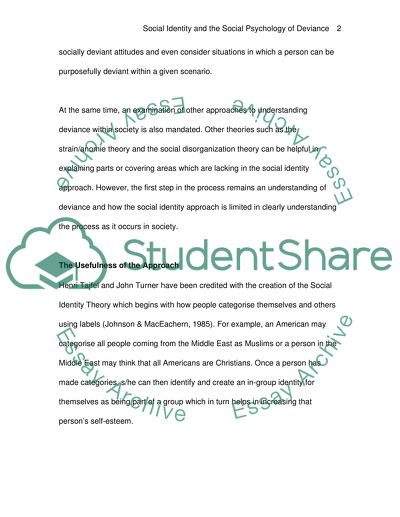Cite this document
(“What are the limits of a Social Identity approach to the social Essay”, n.d.)
What are the limits of a Social Identity approach to the social Essay. Retrieved from https://studentshare.org/miscellaneous/1538977-what-are-the-limits-of-a-social-identity-approach-to-the-social-psychology-of-deviance
What are the limits of a Social Identity approach to the social Essay. Retrieved from https://studentshare.org/miscellaneous/1538977-what-are-the-limits-of-a-social-identity-approach-to-the-social-psychology-of-deviance
(What Are the Limits of a Social Identity Approach to the Social Essay)
What Are the Limits of a Social Identity Approach to the Social Essay. https://studentshare.org/miscellaneous/1538977-what-are-the-limits-of-a-social-identity-approach-to-the-social-psychology-of-deviance.
What Are the Limits of a Social Identity Approach to the Social Essay. https://studentshare.org/miscellaneous/1538977-what-are-the-limits-of-a-social-identity-approach-to-the-social-psychology-of-deviance.
“What Are the Limits of a Social Identity Approach to the Social Essay”, n.d. https://studentshare.org/miscellaneous/1538977-what-are-the-limits-of-a-social-identity-approach-to-the-social-psychology-of-deviance.


